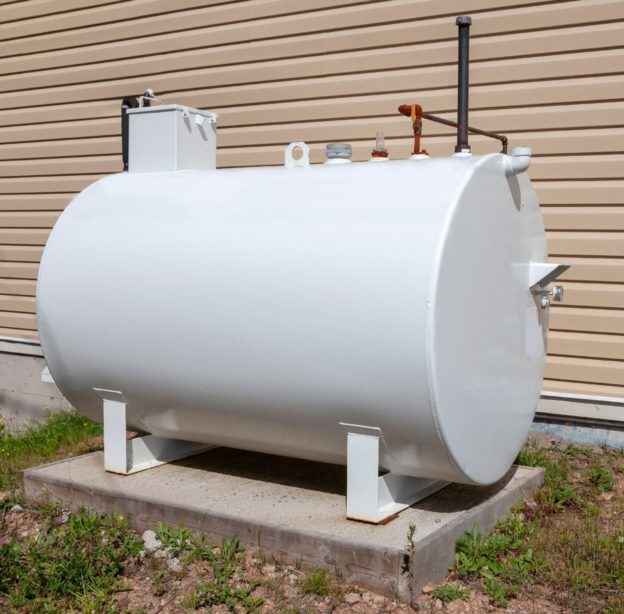Once you decide to install a new oil tank, you will have to choose whether to have an indoor or outdoor installation. Both types of installation come with up and downsides. Here are a few things about each to consider before you make any decisions:
Space and Tank Size
These two considerations drive many decisions. If the tank you want does not fit in the space you have, an external installation is your only option. For most people, though, they have the internal space for at least a moderately sized oil tank.
The key is to ensure that the tank will not take up so much room inside that you cannot maneuver around it or that it cannot be adequately maintained.
Benefits of an Internal Tank
Condensation: Condensation occurs in oil tanks when the temperature swings. An internal tank properly placed in a basement or garage, allows you some control over temperature. Externally, condensation can lead to corrosion and even affect the effectiveness of the oil.
Weather Protection: While rare, in extreme cold, the lines and inlet valves on a tank can freeze. An internal tank is also protected from snow and ice as well as heavy rains.
Leak Detection: If your tank develops a leak or is punctured, with an internal tank, you will notice very quickly. An external tank leak might not be noticed until it has developed a pool of oil.
Security: An internal tank is far less likely to be vandalized or stolen — the same goes for the oil inside it.
Benefits of an External Tank
Odor: External tanks generally are not smelled unless they are punctured and leaking. Internal tanks can develop odors over time that, while not dangerous, can bother some people.
Space: An external tank can allow you to have a larger tank.
Most people decide to have an internal oil tank. For some, though, an external tank is the only option that will work. For more information regarding underground tanks and aboveground tanks, reach out to our team today!


